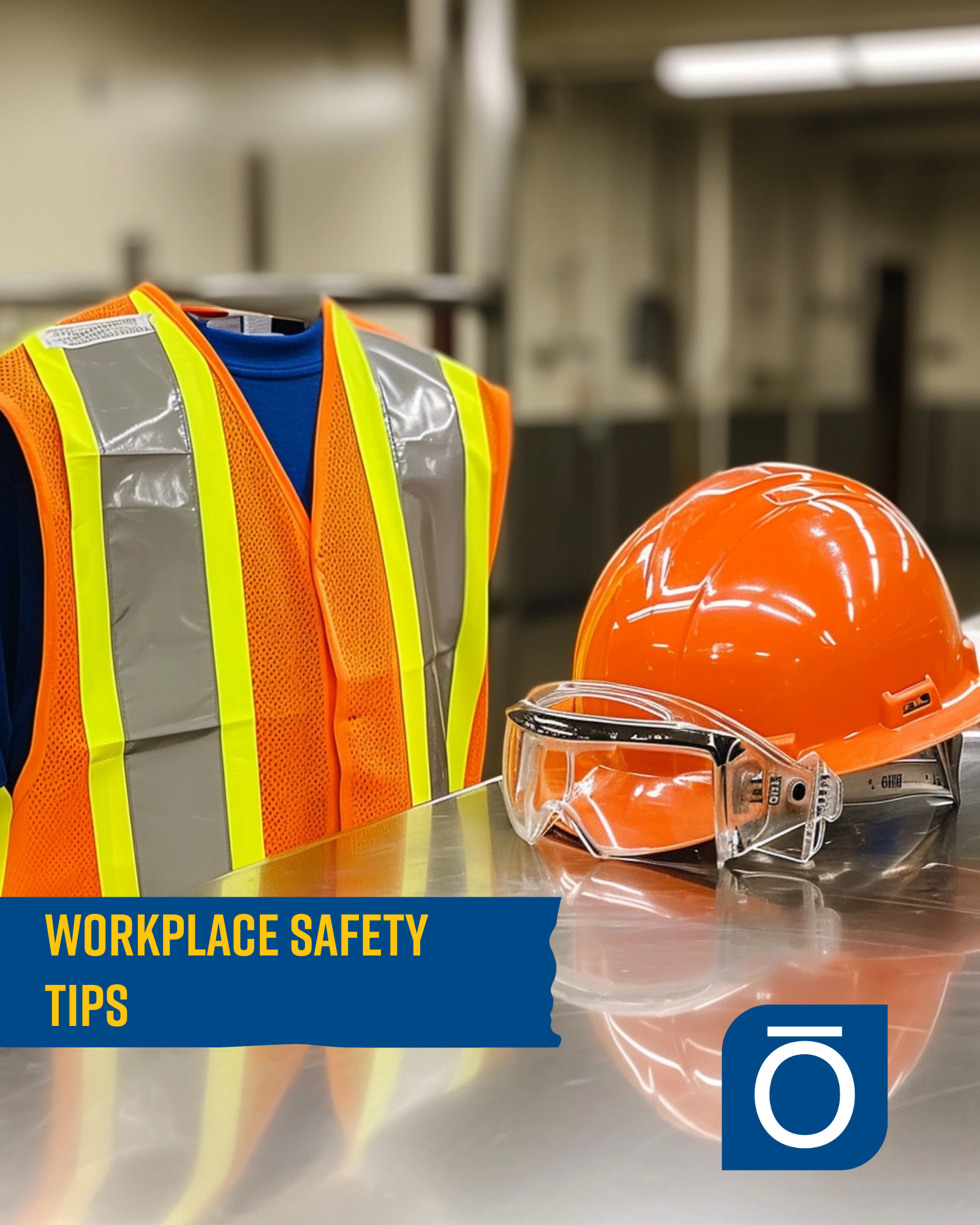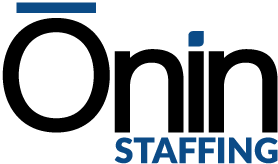
Safety in the workplace is paramount, especially in environments where physical labor is involved, such as in manufacturing, construction, warehousing, and other light industrial settings. These sectors often present unique safety challenges, making it crucial for employees to be aware of and adhere to essential safety practices. This blog post will provide vital safety tips applicable to various work environments, focusing on areas relevant to our primary workforce.
General Safety Guidelines
Before delving into industry-specific tips, here are some general safety guidelines that apply across all work environments:
- Understand Safety Protocols: Familiarize yourself with your workplace’s safety procedures, emergency exits, and evacuation plans.
- Report Hazards: Always report unsafe conditions, potential hazards, or near-misses to your supervisor or safety officer.
- Use Protective Gear: Always wear the appropriate personal protective equipment (PPE) for your job, such as safety glasses, gloves, hard hats, or earplugs.
- Stay Alert and Focused: Distractions can lead to accidents. Stay alert to your surroundings and the task at hand.
Safety in Manufacturing and Production Facilities
In manufacturing settings, where machinery and heavy equipment are commonplace:
- Operate Machines Safely: Only use machinery you’re trained on. Follow operating instructions carefully and never take shortcuts.
- Keep Work Areas Clean: A tidy workspace can prevent many accidents, especially slips, trips, and falls.
- Handle Materials Properly: Use correct lifting techniques and equipment when moving heavy materials.
Safety in Construction Sites
Construction sites can be hazardous, with risks of falls, debris, and machinery accidents:
- Be Cautious of Heights: When working at heights, always use fall protection equipment and ensure it’s securely anchored.
- Be Aware of Moving Equipment: Always be aware of your surroundings, particularly moving machinery and vehicles.
- Secure and Store Tools Properly: Ensure that tools are securely stored when not in use to prevent them from becoming hazards.
Safety in Warehousing
Warehousing jobs come with their own set of risks, including those related to storage and forklift operations:
- Safe Forklift Operation: Only certified personnel should operate forklifts. Follow all safety guidelines for operating and loading.
- Proper Stacking and Storage: Ensure items are stacked and stored properly to prevent falling object hazards.
- Clear Aisles and Exits: Keep aisles and exits clear of obstructions for safe and easy access, especially in emergencies.
Safety in Other Light Industrial Workplaces
For other light industrial workplaces, such as food processing or automotive repair:
- Chemical Safety: Handle chemicals with care. Understand Material Safety Data Sheets (MSDS) and wear appropriate PPE.
- Tool and Equipment Maintenance: Regularly check and maintain tools and equipment to ensure they are safe to use.
- Ergonomic Practices: Use ergonomic practices to prevent strain and injury, especially in repetitive tasks.
Conclusion
In any work environment, especially those involving physical labor, safety should always be the top priority. By understanding and adhering to these safety tips, employees can significantly reduce the risk of accidents and injuries, creating a safer and more productive workplace. Remember, a safe workplace is not just the employer’s responsibility; it’s a shared commitment of all employees









